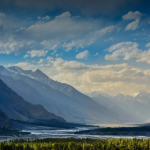Revealing the Mysteries of Prominent Historial Site “Mohenjo Daro”
Notable as South Asia’s eminent archeological site, Mohenjo Daro is situated in Southern Pakistan.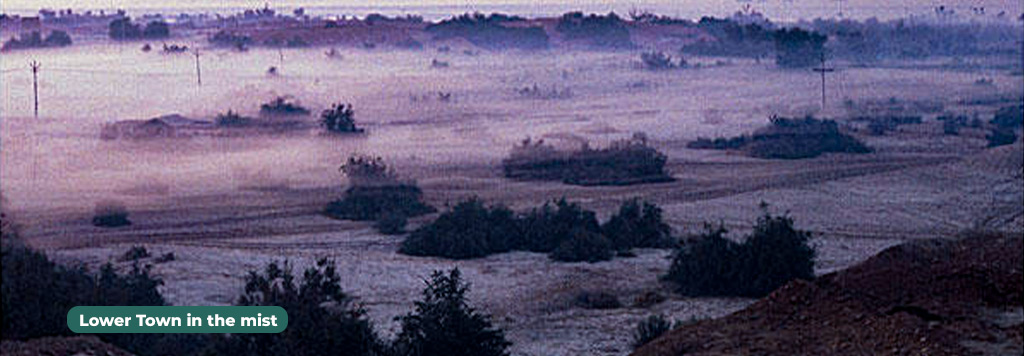
Mohenjo Daro also renowned as “the mound of the dead” is an ancient and largest city of the Indus Valley Civilization also referred to as Harappan Civilization that developed between 2600 and 1900 BCE. This place located in the district of Larkana in Southern Sindh of Pakistan, was revealed in the 1920s.
This archaeological site gained significance in 1922 when minings uncovered that the mounds have remnants of the Indus Valley Civilization’s largest city. The size of the city is about 3 miles (5 kilometers). The city has a rich heritage wrapped in monuments and other buildings. Mohenjo Daro got the honor of being labeled as a World Heritage site by UNESCO in 1980.
Mohenjo Daro: A Glimpse into History
Mohenjo Daro’s history is as old as 4,600 years ago. It was built around 2600 BCE on the Indus River’s west side with around 35,000 to 50,000 people living in it. It is considered to be one of the oldest cities in the world and the earliest from the Indus Valley Civilization’s culture of the Bronze Age. However, people left this city in 1900 BCE and the logic behind it is vague. The exact reasons for its decline remain a mystery.
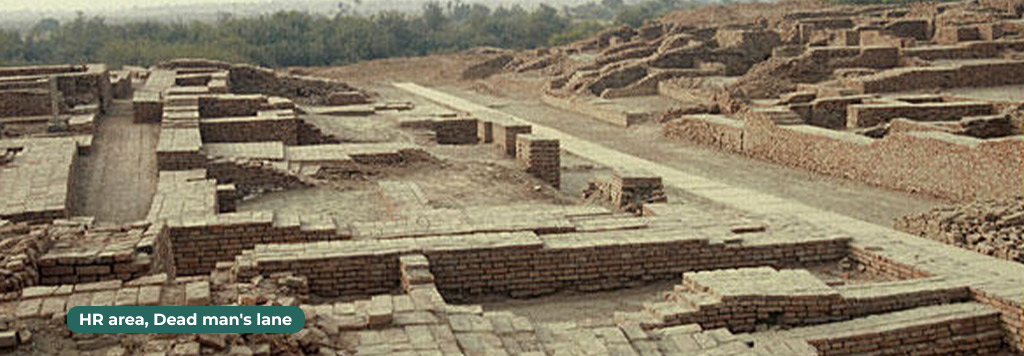
Mohenjo Daro was hidden under layers of dirt and soil for thousands of years until it was found in 1922 by R. D. Banerji, who worked for the Archaeological Survey of India. During the 1930s, many people, like John Marshall, K. N. Dikshit, and Ernest Mackay, led big minings at Mohenjo Daro.
The last time people did a major excavation at Mohenjo-daro was in 1964-65, led by Dr. G. F. Dales. But after 1965, they stopped digging more because they were prohibited from doing so as it might jeopardize the old ruins. It turns out that only a part of the site, about one-third, has been uncovered until now. Some experts think we’ve only found 10 to 20 percent of what’s really there.
The place is in danger because of erosion, which is when wind and water slowly wear away the ancient structures. Even though the Pakistani government and UNESCO have tried to protect it, it’s still at risk. Archaeologists from Pakistan made a statement in 2012 that unless there’s a big effort to save it, Mohenjo Daro might vanish by 2030.
Mohenjo Daro Civilization
As unique as the archaeology of Mohenjo Daro is, its society and culture are equally distinct. Unlike other societies that put prime focus on constructing palaces and enormous tombs to please their rulers, Mohenjo Daro emphasized making its citizens contented by concentrating on their ease and convenience. The society of Mohenjo Daro was free from the bounds of social class differences and the people lived in harmony. It was governed in a democratic style and led by religious leaders and traders. Any traces of warfare, invasions, or weapons were discovered during digging in the city. The inhabitants seem to be cooperative rather than conflictive.
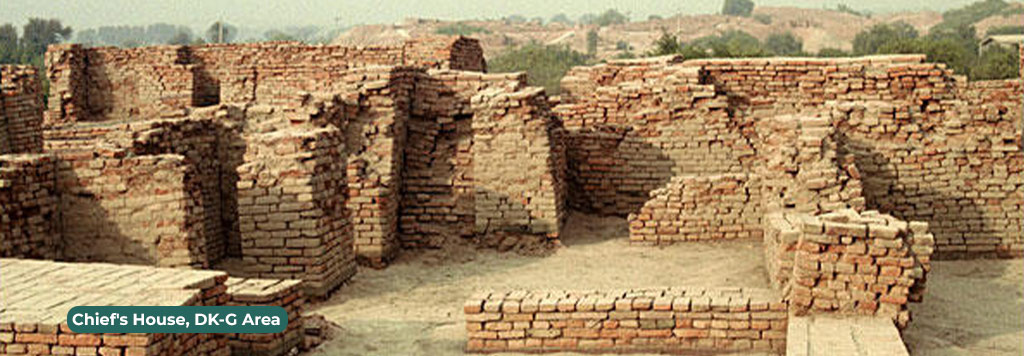
Architecture and Infrastructure of Mohenjo Daro
Mohenjo Daro is a well-structured city with the construction of rectilinear buildings erected with burnt bricks, baths for the public, a priests’ college, a well-managed irrigation system, proper sanitation, wells, and a big warehouse. Their public amenities and finely constructed buildings reflect their social organization.
The city has two major segments; the Citadel and the Lower City. The Citadel has a height of 39 feet and this mud-brick mound was built on a raised area having public baths like Great Bath, the capacity to provide housing to 5,000 citizens, and halls to two large assemblies. While Lower City was situated in the town’s lower part. The area of Lower City is larger than Citadel and it is comprised mostly of residential land.
Great Bath Mohenjo Daro

The Great Bath is the most iconic aspect of Mohenjo Daro and is referred to as the “earliest public water tank of the ancient world”. It is about 897 square feet in size (which is like 83 square meters). It’s built 8 feet lower than the ground around it. According to scholars, the Great Bath is utilized for important religious rituals with the intent to purify and rejuvenate the bathers. Arrangements have been made to filter the filthy water. This is a perfect depiction of the water management of Great Bath.
Priests’ College
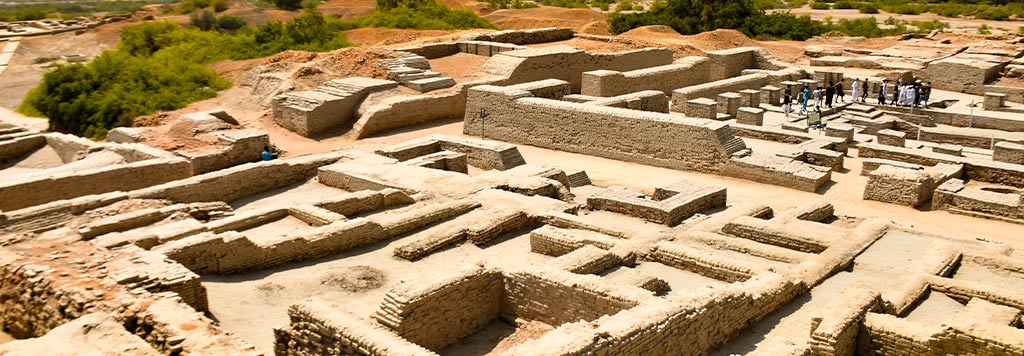
Right across from The Great Bath, there was a big building. It had many rooms, three covered porches, and two sets of stairs going up to the roof and upper floor. Because of its size and how close it was to The Great Bath, people think it might have been where priests lived or studied. So, they call it the “House of Priests” or sometimes the “College of Priests.”
Mohenjo Daro Sights through the Lens of Camera
If you haven’t visited been to Mohenjo Daro and wondering what it looks like, then peek into its remnants by taking a visual tour of this archaeological site with us. Have a view of Mohenjo Daro pics listed below:
Mohenjo Daro in Mainstream Media
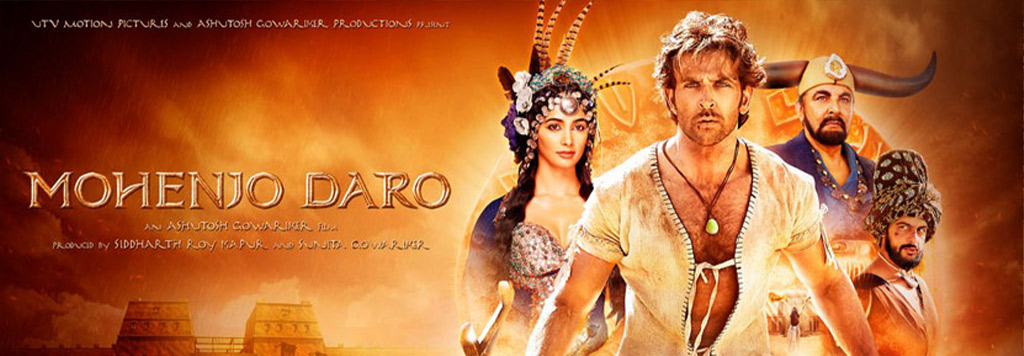
The significance of Mohenjo Daro is not limited to books. We witnessed its eminence in the cinema when the Mohenjo Daro movie was pictured on the silver screen by the Bollywood industry in 2016. It was a Hindi language movie based on genre action and adventure made by the director Ashutosh Gowariker and producer Siddharth Roy Kapur. The main stars of the film were Hrithik Roshan and Pooja Hegde.
The story is set around 2016 BC, during the peak of the Indus Valley Civilization. Its prime character is a farmer named Sarman (Hrithik Roshan), who visits Mohenjo Daro city and catches feelings for an elite woman (Pooja Hegde). He is then faced with a challenge to save the civilization from ordeals.
Conclusion
As we peeked into the past, we took you on a journey where Mohenjo Daro is believed to be a gem of the Indus Valley Civilization. Being a famous ancient archaeological site, it has a lot to reveal yet some of its aspects remain untapped and a mystery.
If you’re planning a visit to Mohenjo Daro, let Guide To Pakistan craft your perfect tour experience. Explore the rich culture and breathtaking landscapes with the experts.


